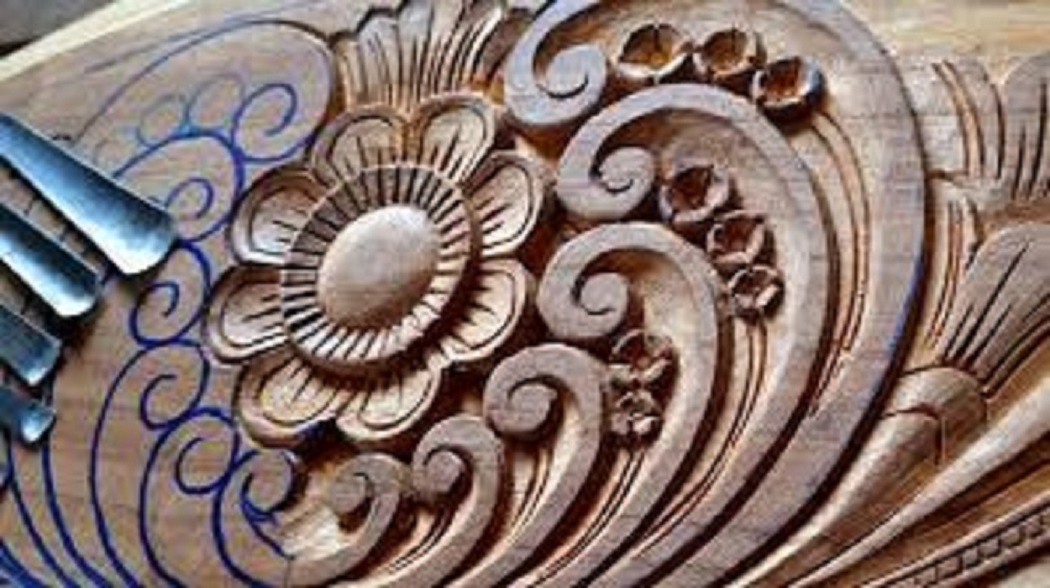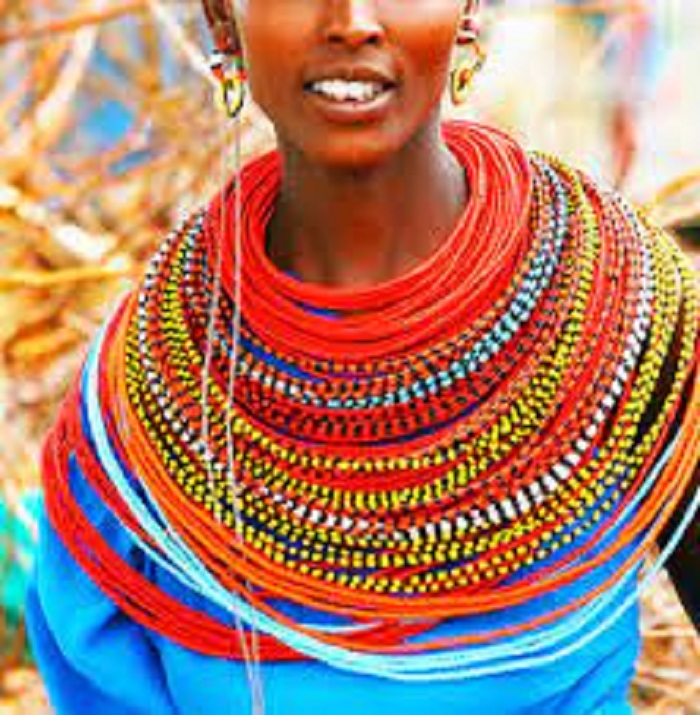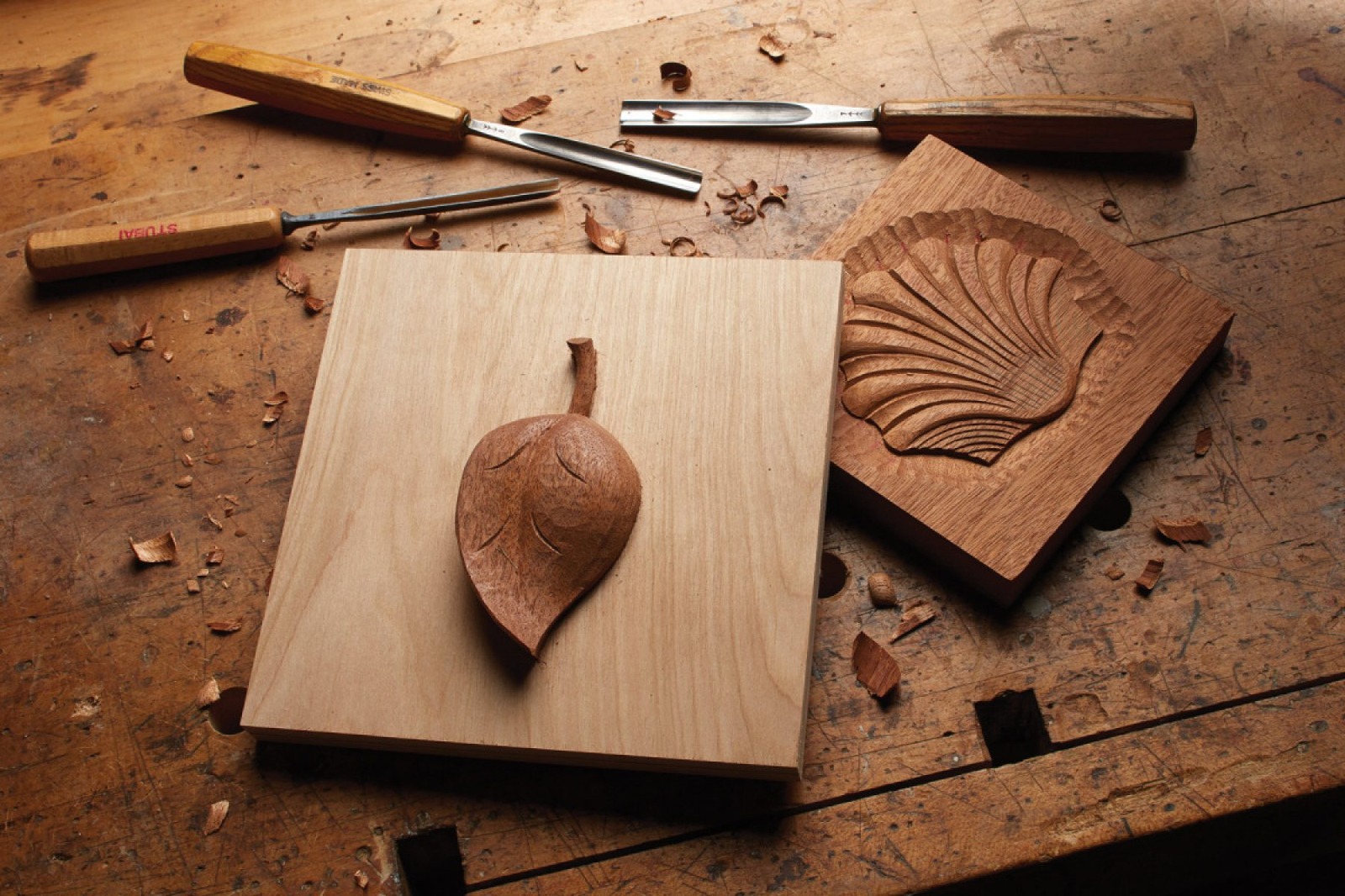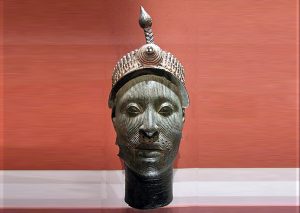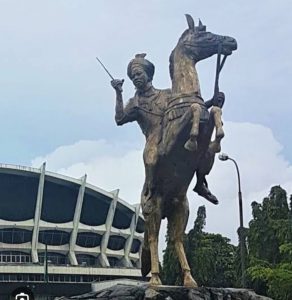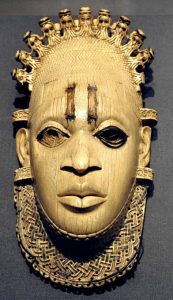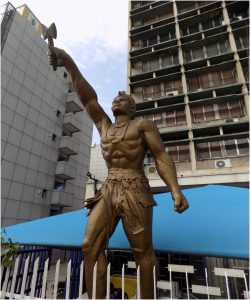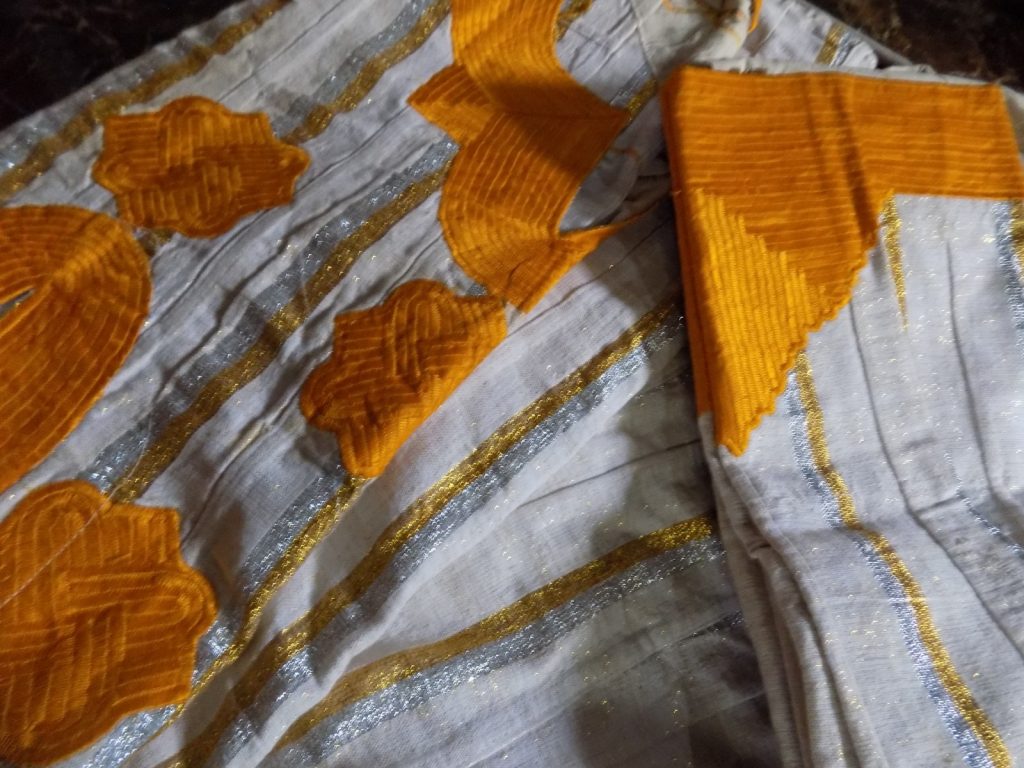
Aso Oke. Photo Credit: BlackCampus/Jide Fashoyin
Cloth weaving is a significant craft across Africa, with diverse weaving traditions found throughout the continent. Weaving techniques, materials, patterns, and cultural meanings vary among different regions and ethnic groups. Here are some notable cloth weaving traditions in Africa:
Kente (Ghana):
Kente cloth is one of the most renowned and iconic African textiles, originating from the Ashanti kingdom in present-day Ghana. It is handwoven on narrow looms using brightly colored silk or cotton yarns. Kente is characterized by its intricate geometric patterns and symbolic motifs, with each design representing specific meanings or occasions. It is commonly worn during important events and ceremonies.
Bogolanfini (Mali):
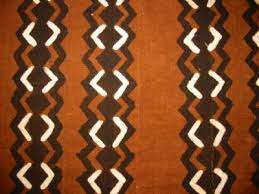
Credit Wikipedia
Bogolanfini, also known as mud cloth, is a traditional fabric associated with the Bambara and Dogon people of Mali. It involves a unique dyeing process using fermented mud and natural pigments. Intricate patterns and symbols are then hand-painted onto the cloth. Bogolanfini holds cultural significance and is often used for clothing, ceremonial purposes, and home decorations.
Adinkra (Ghana):
Adinkra cloth is a traditional fabric associated with the Akan people of Ghana. The cloth is hand-printed using carved wooden stamps and natural dyes. Adinkra symbols, which have specific meanings and represent concepts or proverbs, are imprinted onto the fabric. Adinkra cloth is primarily used for funerals and other significant ceremonies.
Tapa Cloth (West Africa):
Tapa cloth, also known as bark cloth, is produced in several countries in West Africa, including Nigeria, Sierra Leone, and Liberia. It is made from the inner bark of certain trees, which is softened, beaten, and joined together to create large cloth panels. Tapa cloth is often decorated with intricate patterns and designs, and it is used for clothing, wall hangings, and ceremonial purposes.
In Nigeria, cloth weaving is a traditional craft that has a rich history and cultural significance. Various ethnic groups in Nigeria have their own distinct weaving traditions, producing a wide range of textiles with different techniques, patterns, and motifs. Some of the prominent weaving traditions in Nigeria include Aso Oke, Akwete, Adire, and Kente.
Aso Oke:
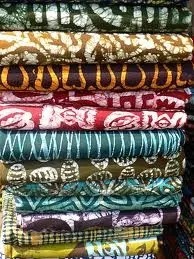
Aso Oke is a hand-woven fabric that originated from the Yoruba people in southwestern Nigeria. It is usually made from cotton or silk yarns and is characterized by its vibrant colors and intricate patterns. Aso Oke is commonly used for special occasions such as weddings, festivals, and ceremonies.
Akwete:
Akwete is a traditional weaving technique associated with the Igbo people in southeastern Nigeria. It involves the use of a narrow loom to create finely woven cloth. Akwete fabrics are known for their colorful designs, which often incorporate geometric patterns and symbolic motifs. These fabrics are used for various purposes, including clothing, wrappers, and accessories.
Adire:
Adire is a resist-dyeing technique used to create unique patterns on cloth. It is particularly associated with the Yoruba people in southwestern Nigeria. Adire fabrics are made by applying wax or starch paste to the cloth before dyeing, creating intricate patterns and designs. The cloth is then dyed using indigo or other natural dyes. Adire textiles are used for clothing, accessories, and decorative purposes.
In Nigeria, cloth weaving is often a cottage industry, with skilled weavers passing down their knowledge and techniques from generation to generation. The weaving process involves setting up a loom, selecting and preparing the yarns, and weaving the fabric using various patterns and designs. The resulting fabrics are highly valued for their cultural significance, craftsmanship, and beauty.
These are just a few examples of the rich cloth weaving traditions found across Africa. Each region and community has its unique weaving techniques, materials, and cultural significance, reflecting the diversity and artistic expressions of the continent.
What’s your thought on this story?
Kindly like and share.


